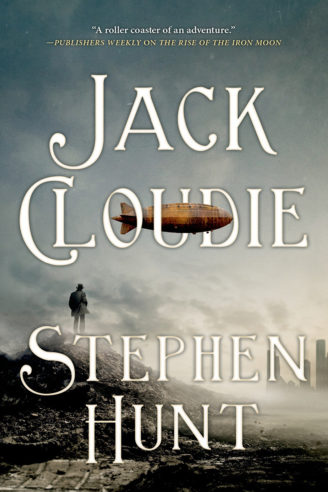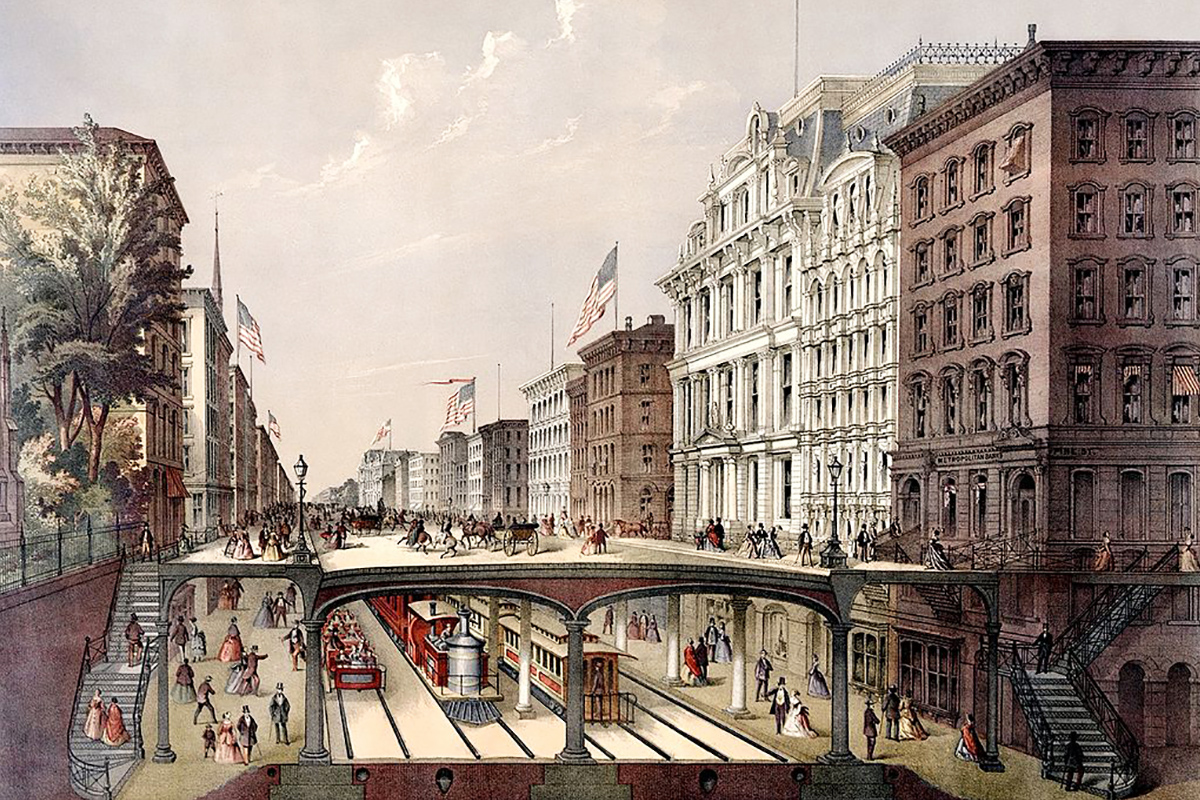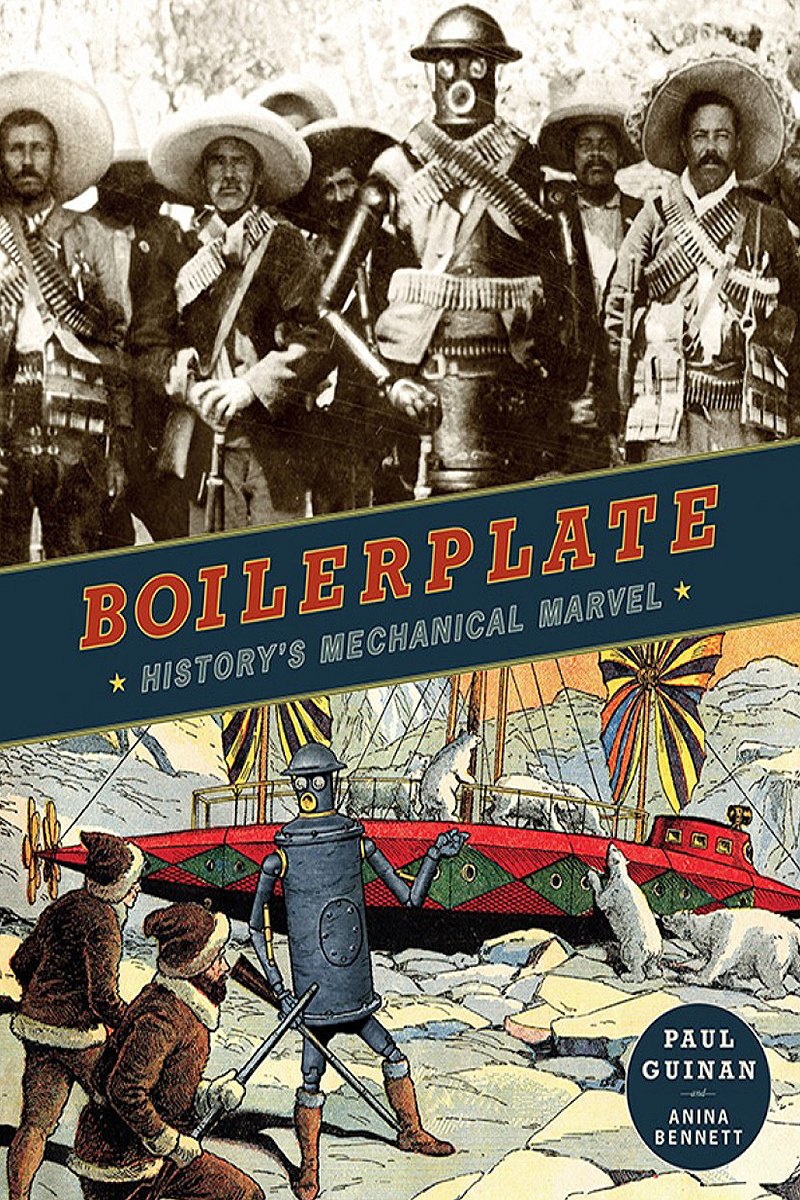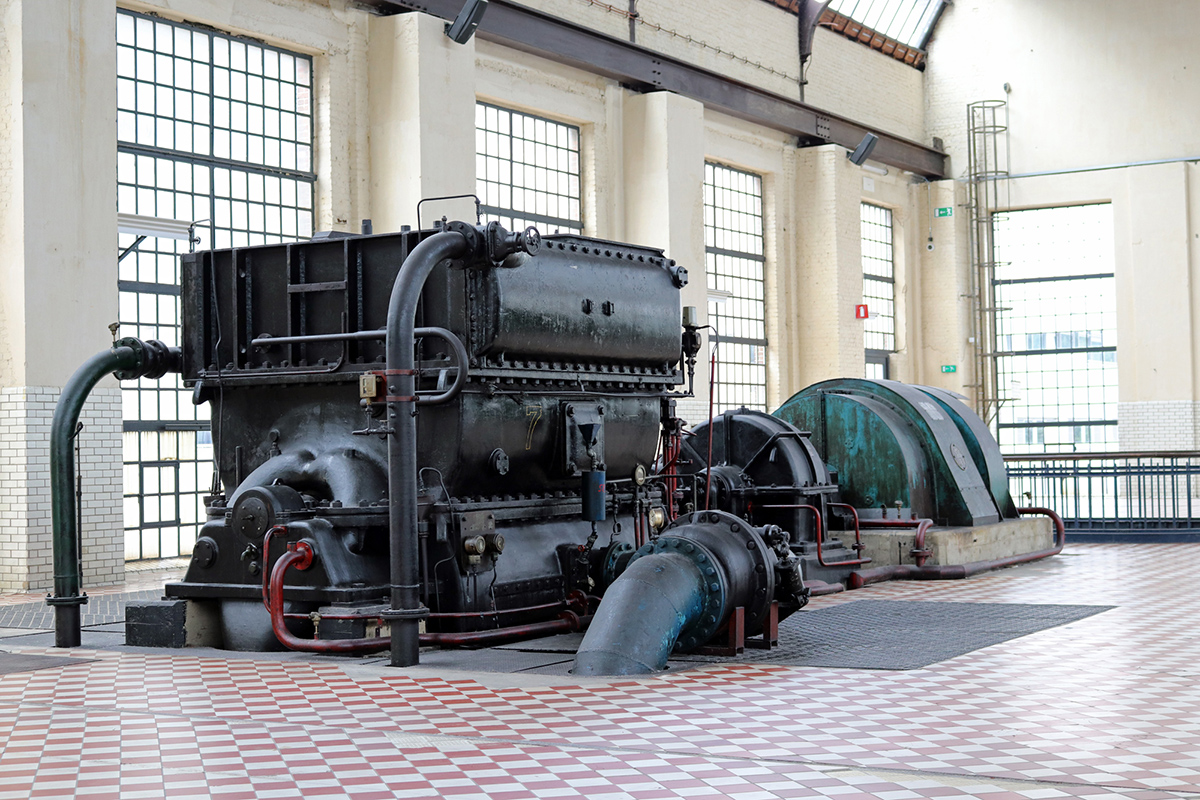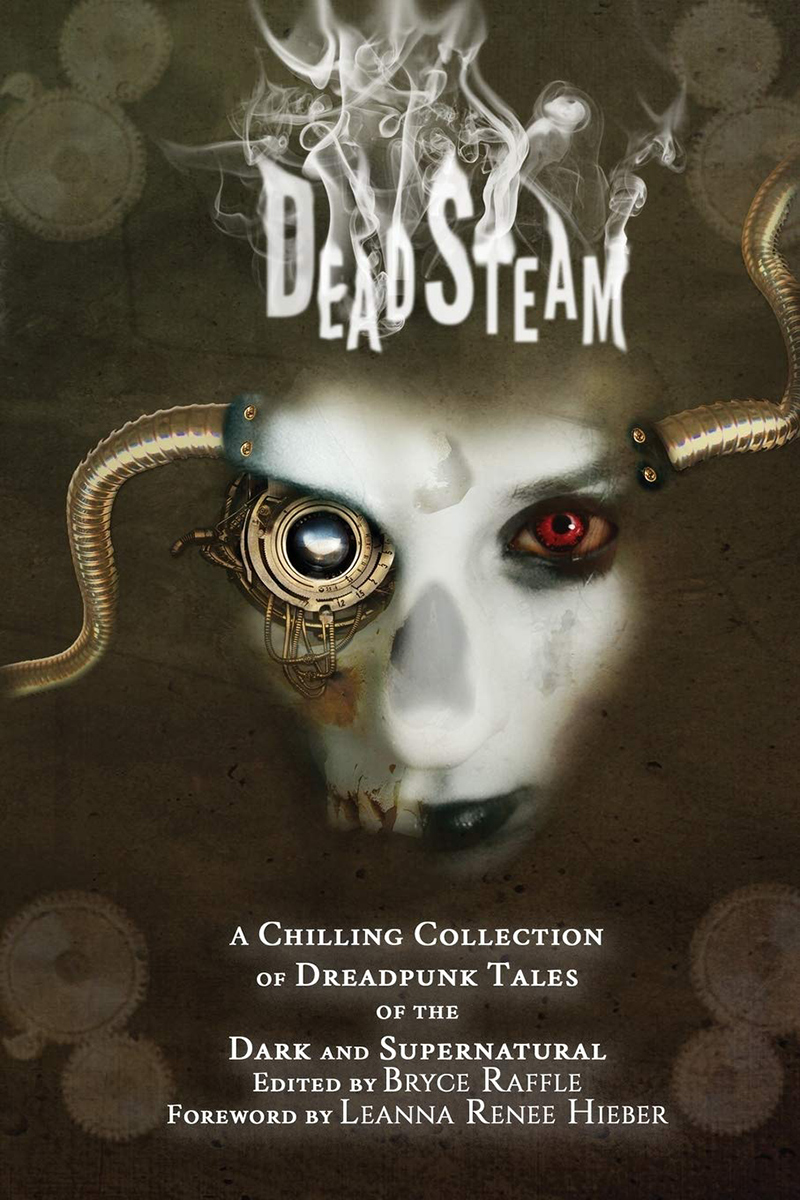The Kingdom of Jackals’ Aerostat Navy’s aerial monopoly is in jeopardy!
Jack Cloudie, the fifth of Stephen Hunt’s Jackelian steampunk novels, follows the stories of two would-be heroes, Jack Keats and Omar Ibn Barir. Jack is a lowly street thief turned rookie “Jack Cloudie”. Omar is a slave set free to become a member of the Cassarabian Royal Guard.
In classic Stephen Hunt style, these two characters’ paths eventually cross as the fate of Jackals hangs in the balance.
The Commodore returns
The Commodore Jared Black, Jackals’ favorite adventuring rascal, makes his episodic return in Jack Cloudie.
The Commodore has appeared in every Jackelian novel and is the glue that binds these Stephen Hunt steampunk adventures together. Black has bested aliens, bugs and mad villains, and now must lead a ragtag bunch of Jack Cloudies across Cassarabia to once again save Jackals.
What happened to the rich steampunk world?
Jack Cloudie lacks the imaginative fantasy of previous entries in the Jackelian series. The first half of the book is straightforward and fails to develop the rich steampunk world and characters of Hunt’s previous works, The Court of the Air (2007, review here), The Kingdom Beyond the Waves (2008), Rise of the Iron Moon (2009) and Secrets of the Fire Sea (2010). It seems there was a conscious effort to make Jack Cloudie a stand-alone story that doesn’t rely on the steampunk world of the previous books.
An example of Jack Cloudie only hinting at the fantasy elements of the prequels is shown in the role of The Steam-man Lao/God, who haunts Jack Keats’ dreams. The Steam Lao (Steam-man God) tells Jack Keats that the Steam-man God will be the final judge of which nation will ultimately win the aerial war. However, the god’s promise seems to be forgotten as he plays no role in the story’s climax. This leaves Jack Cloudie with the feel of a story that has been reined in to be more mainstream.
Jack Cloudie also lacks an interesting imaginative setting, which is important in a steampunk story. The story is set in a desert empire where people and animals are genetically altered for all sorts of bizarre and cruel purposes. The setting feels one-dimensional and doesn’t add much to the story. Sequels to the The Court of the Air, like Rise of the Iron Moon, at times have wandered from the steampunk genre to straight sci-fi but still managed to maintain fantasy charm. Jack Cloudie‘s setting doesn’t even come close to enriching the story.
The good
- The negatives aside, the book does deliver a decent story that provides some unexpected if not bizarre character surprises. Omar’s character ends up eclipsing Jack Keats’ in importance, which was unexpected, especially because the title Jack Cloudie presumably refers to Jack Keats.
- The two main characters, Omar and Jack, are simple and keep the story moving.
- The aerial battles add a little intrigue to the story.
Verdict
Jack Cloudie is only worth reading if one has already come this far in the Jackelian series and read the previous four books. The story is not interesting enough to be a stand-alone novel. Ironically, Jack Cloudie lacks intrigue precisely because Hunt tried to write it as a stand-alone story.

